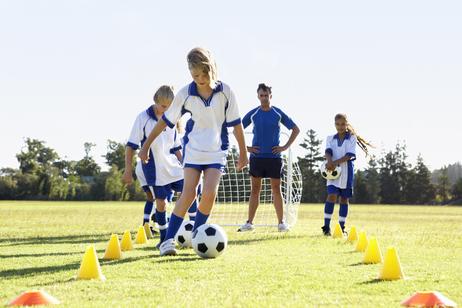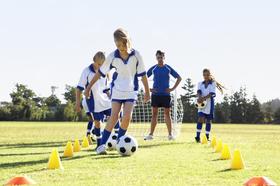Has your child started to withdraw from friends and family? Does he spend a lot of time on his own, seemingly uninterested in activities he once enjoyed? Have you noticed changes in his behavior, sleep, or eating habits? If you answered “Yes” to any of these, your child could be depressed. Many people think of depression and other mental health issues as adult problems, but the truth is that they can affect young adults and children as well.
Mental health problems are nothing to scoff at and they certainly shouldn’t be ignored. Childhood mental illness can affect the rest of your child’s life, depending on whether he gets treatment at a young age or not. Every child experiences mental illness differently so it is your job as a parent to know your child well enough to identify the signs and to take the initiative in seeking treatment. Keep reading to learn more about mental illness in children and to receive tips for supporting your child.
Mental Health Issues in Public Schools
According to the CDC, as many as one in five kids in the United States will exhibit signs of mental illness in any given year. This means that in a typical classroom of 25 students, as many as five of them will be struggling with anxiety, depression, ADHD, or other forms of mental illness. Unfortunately, about 80% of children who suffer from mental illness don’t get the treatment or support that they need which ultimately leads



















